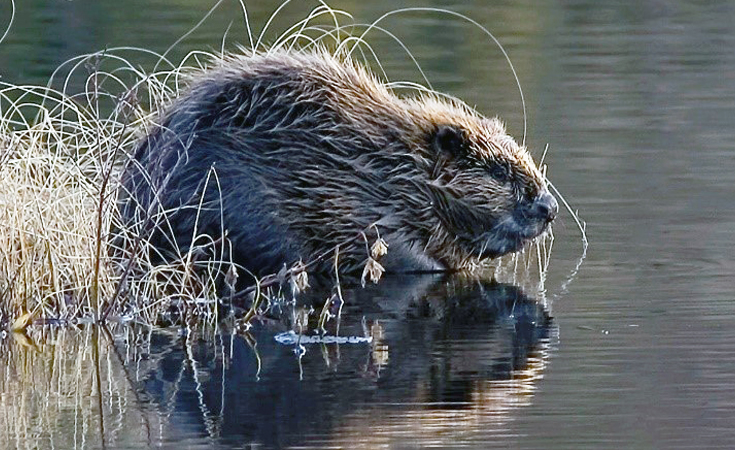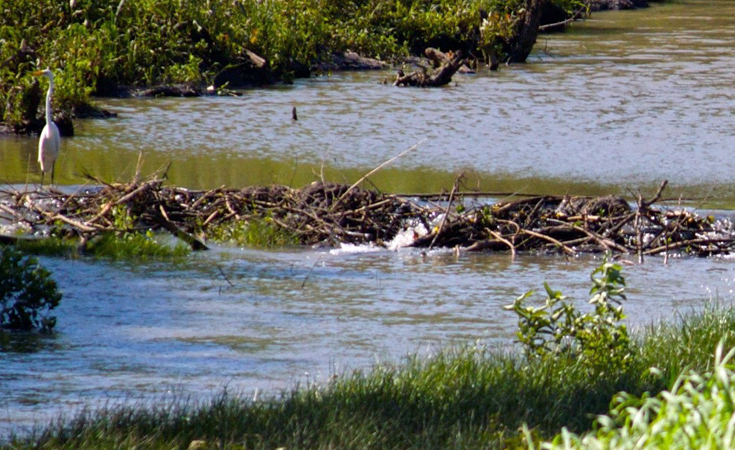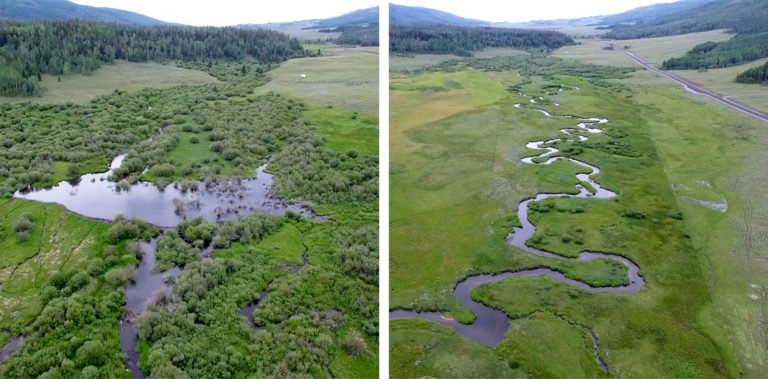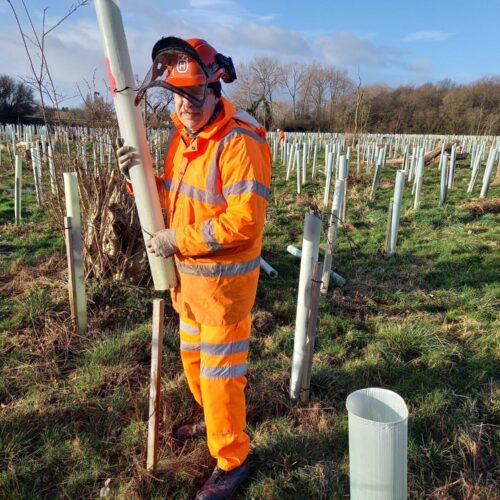A flow regulator, flood defender, fisherman’s friend and arborist. Boasting qualities and talents like these, beavers are the true eco-engineers of the natural world. So how is it that a species, extinct in the UK for over 400 years, is now benefiting humans?
Once prevalent throughout the British mainland, beavers and the environments they occupied have been almost entirely lost. Since Roman times we have seen our wetland habitats disappear (over 90%), not to mention other valuable UK-wide habitats that beavers frequent. Historically, the UK’s largest rodent played an important role in literally building and maintaining the habitats that were once commonplace, hence their reputation as eco-engineers.
What is a beaver?

Beavers are in a class of their own. Technically, they are a species of rodent, although they share a few qualities for which rodents are typically associated – aside from their razor-sharp teeth. Unlike most rodents, beavers have a low reproduction rate, producing one to six babies a year. Moreover, they’re massive for a rodent with only the capybara in the Americas being larger.
Fiercely territorial, likely due to the effort they invest in their dams and lodges, beavers will not tolerate intruders. All this investment in their home means they have strict home territories that they rarely leave.
Beaver behaviour
Beaver behaviour is also incredibly unique. For example, a beaver can fell a foot-wide tree overnight. By gnawing down trees and building dams, beavers open up the woodland around them, allowing pioneering, light-hungry plants to grow. Beaver dams reduce waterflow of rivers and streams and flood the local area, creating the basic requirements for complex wetland habitats to form. These wetlands are of huge importance for other species/groups such as otter and water vole, waterfowl, great crested newt and a large array of insects, fish and plants.
These booms in biodiversity are all thanks to beavers. This is the reason why beavers are known as a “keystone species”, a term used to describe a species that greatly affects its surroundings, to the point where other species are highly dependent on them for their own survival.
Despite their absence from the UK for hundreds of years, the good news is that beavers are making a comeback. Small beaver populations can be found around mainland Britain, with trialled releases occurring in Ham Fen in Kent, as well as in Knapdale Forest, Scotland. However, in the river Otter in Devon, five beavers were either accidentally or quietly released without government consent.
After hearing of the release and catching and checking the beavers to make sure they were healthy, Natural England allowed the Devon Wildlife Trust to re-release them and monitor their progress, starting another trial program.

Positive effects for biodiversity
The positive effects of having beavers around is evident. Look at Ham Fen, Kent. Currently the only fen left in the county, Ham Fen can be credited to the reintroduction of beavers. In 2002, four beavers were reintroduced to Ham Fen and have been breeding successfully ever since. The habitat has transformed from a dry secondary woodland into a mosaic of more bio-diverse habitats. Not only this, but the Fen has since seen the reappearance of species not seen in decades, including water vole, great crested newt and wetland bird species. Birds such as the Turtle Dove and the Kingfisher are now common sightings at Ham Fen, all thanks to these tall-toothed tetra-pods.
Although they are a different species, the North American beaver has the same living habits as its Eurasian cousins, and the positive changes to biodiversity that they bring are well documented.

Beaver benefits to humans
Clearly, beavers present huge benefits for biodiversity… but what about humans? Like many species, developers may view them as more of a hindrance to their sites and progress, rather than a help. However, dams built by beavers slow down water flow and spread the water over a greater area, which means they can produce positive outcomes in terms of flood risk.
Other direct benefits include: cleaning and filtering pollutants out of the water (as water passes through vegetation), storing extra freshwater in the newly created wetlands, storing carbon due to the increase in settling organic sediment and creating a network of slower moving rivers (via dams) and standing water that acts as a flood defense.
The future of beavers
The future for beavers is still unknown, however due to the ongoing trials in both England and Scotland, we have made the first steps into bringing the species back, as well as understanding how beavers can revive and maintain habitats once lost.
Legislation is already shifting regarding beavers too, as of May 2019, Scotland declared that beavers are to be protected as a European protected species, which is really positive for the country’s habitats, wildlife and humans. It’s possible England will make the same decision soon. In which case, there will be legal implications for how these keystone animals are treated but will carry the same benefits as for Scotland.
How Thomson can help
We’re one of the leading experts in UK ecology, including beavers. If you need specialist wildlife advice or a protected species survey,
contact us, we’re here to help.











